Deck & Commander Strategies

The Master of Keys
Utilizes graveyard milling to fuel enchantment escape mechanics, enabling repeated casting of powerful creatures and board wipes, aiming to control the battlefield and assemble combos for overwhelming advantage.

Ziatora, the Incinerator
Leverages sacrifice outlets and damage doubling enchantments like Stalking Vengeance to inflict massive non-combat damage, repeatedly punishing opponents through creature death triggers.

Derevi, Empyrial Tactician (Millennium Calendar)
Ramp and build incremental advantage through creatures and doubling effects, aiming to reach a critical mass that can deal large amounts of damage or control the board effectively.

The Capitoline Triad
Mills historic cards to enable casting the commander for an emblem that boosts all creatures to 99/99, combining this with artifact token generation to create a massive, overwhelming board presence.
Gameplay Insights
- 1
The opening turn with turn one Currency Converter plus mana ramp gave The Capitoline Triad a significant early advantage in board development.
- 2
Master of Keys' strategy to mill key enchantments and use escape enabled repeated board wipes, maintaining control over the creature-heavy battlefield.
- 3
Ziatora's synergy with Stalking Vengeance to double damage from creature sacrifices created a constant threat that forced opponents to respond carefully.
- 4
The Capitoline Triad's plan to amass artifact tokens and then cast the commander for a 99/99 emblem represented a powerful late-game finisher that required graveyard setup and historic card synergy.
- 5
Players balanced aggressive board development with graveyard interaction, highlighting the importance of resource management and timing in executing combos.
Notable Cards
-

Currency Converter
-

Cacophony Unleashed
-
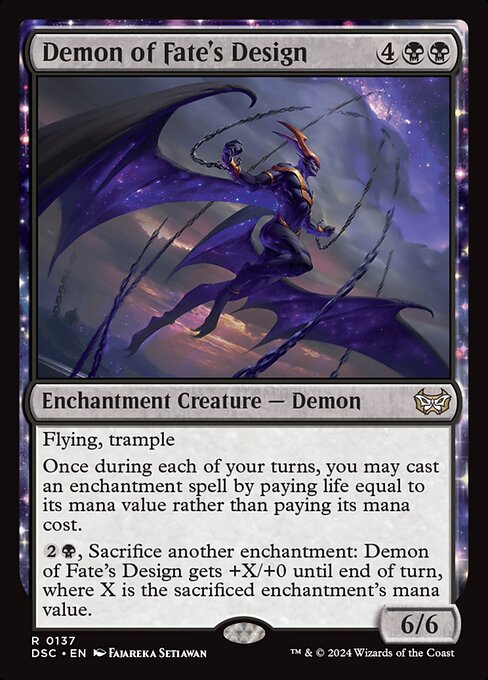
Demon of Fate's Design
-
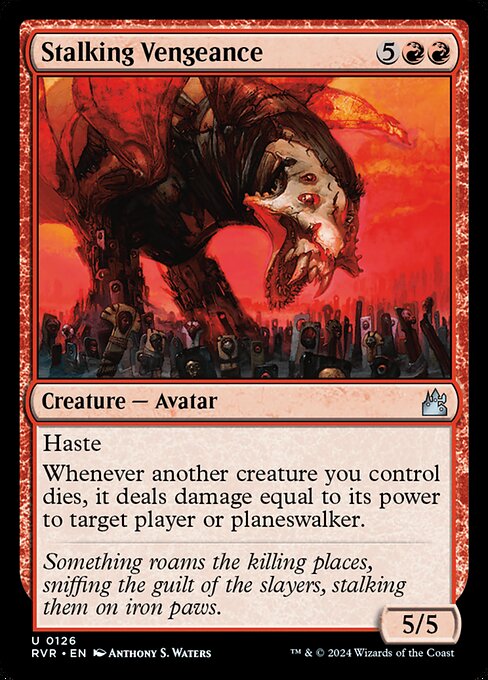
Stalking Vengeance
-
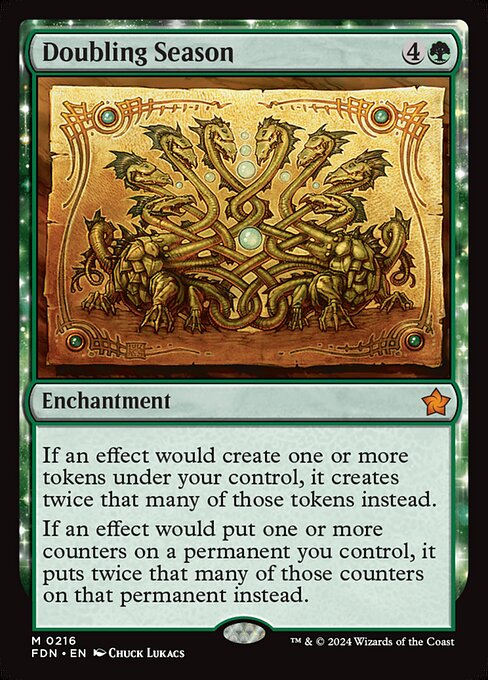
Doubling Season
-

Mesmeric Orb
-

Thopter Assembly
-

Oversold Cemetery
Gameplay Summary
The game began explosively with The Capitoline Triad player executing a turn one play by casting a powerful enchantment, Currency Converter, supported by a Soul Ring to ramp mana aggressively.
This early board presence set a high-tempo pace.
The Master of Keys player focused on milling cards into their graveyard to fuel enchantment-based escape combos, aiming to recur large creatures and control the board with repeated board wipes using cards like Cacophony Unleashed and Demon of Fate's Design.
Meanwhile, Ziatora, the Incinerator utilized sacrifice synergies with Stalking Vengeance to multiply damage outputs, threatening players with lethal damage through repeated creature sacrifices and doubling damage effects.
The Millennium Calendar deck centered on ramp and potentially doubling effects involving creatures like Derevi to build towards a large damage or control payoff.
Throughout the game, clock management and graveyard interactions were crucial, with multiple players leveraging graveyard synergies for value.
The Capitoline Triad player aimed to amass a large board of artifact tokens and then use the emblem from casting their commander to pump all creatures to enormous sizes, applying crushing pressure.
The game featured a mix of milling, token generation, repeated board wipes, and damage doublings, with key interactions revolving around enchantment recursion and graveyard exploitation.
Ultimately, the game was a dynamic battle of resource management, with the Master of Keys and Capitoline Triad players showcasing powerful combos and board control that shifted the tempo significantly.


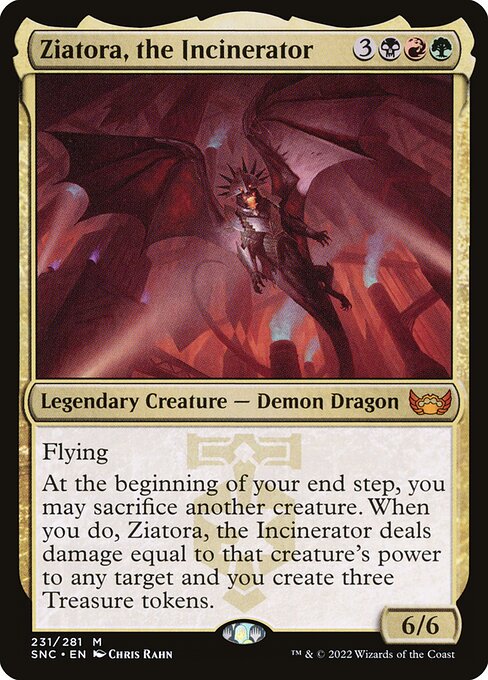

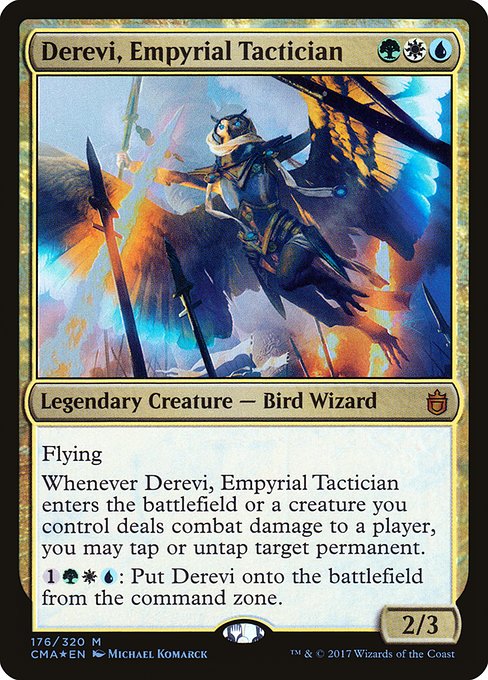


























![Commander VS: Meren vs Kaalia vs Derevi vs Freyalise [Commander Anthology] thumbnail](https://i.ytimg.com/vi/Qx6Xp6fw7sU/sddefault.jpg)
![Commander VS S1E4: Prossh vs Derevi vs Karador vs Scion [MTG Multiplayer] thumbnail](https://i.ytimg.com/vi/qKq_zjLSJU8/sddefault.jpg)












![Wir sind zurück!! | Herumkommandiert #08 | EDH Commander Gameplay [Deutsch] thumbnail](https://i.ytimg.com/vi/EI5XZ6KT_BU/sddefault.jpg)






